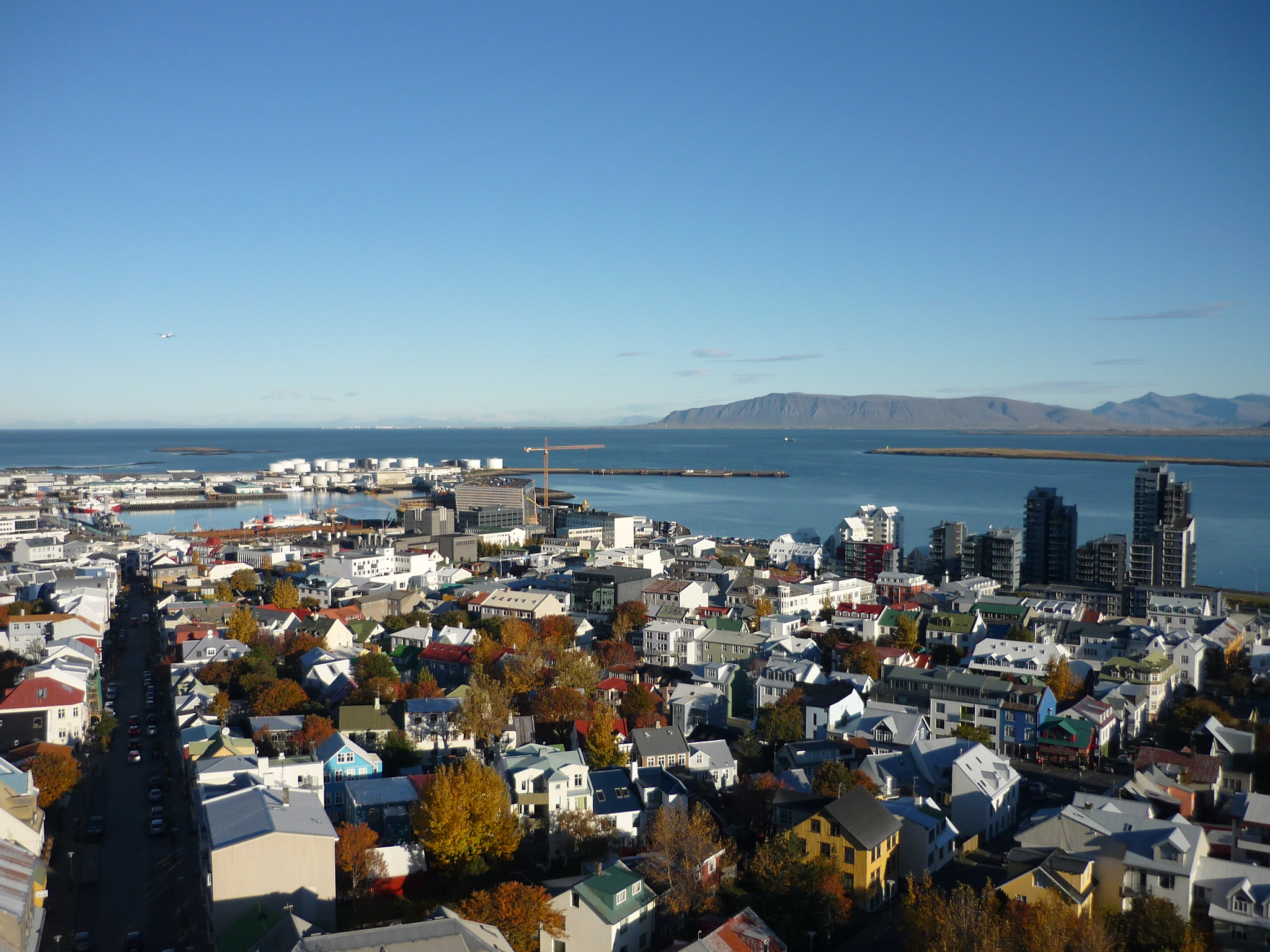Nearly 40% of Icelanders are using a covid app—and it hasn’t helped much
The country has the highest penetration of any automated contact tracing app in the world, but one senior figure says it “wasn’t a game changer.”
When Iceland got its first case of covid-19 on February 28, an entire apparatus sprang into action.
The country had already been testing some people at high risk of catching the virus, thanks to DeCode genetics, a local biotech company. Once the arrival of the disease was confirmed, it began rapidly rolling out public testing on a much wider scale. The government, meanwhile, quickly built a team of contact tracers to interview those with a positive diagnosis and track down people they’d been in contact with.
Within a few weeks, Icelanders had another high-tech tool at their disposal, too: a government-backed automated tracing app.
This story is only available to subscribers.
Don’t settle for half the story.
Get paywall-free access to technology news for the here and now.
Subscribe now
Already a subscriber?
Sign in
Rakning C-19, which launched in early April, was hailed as a way to “make the tracing of transmissions easier” at the time. It tracks users’ GPS data to compile a record of where they have been, allowing investigators—with permission—to look at whether those with a positive diagnosis are potentially spreading the disease.
And it gained traction quickly: according to MIT Technology Review’s Covid Tracing Tracker, it has the largest penetration rate of all contact trackers in the world, having been downloaded by 38% of Iceland’s population of 364,000.
But despite this early deployment and widespread use, one senior figure in the country’s covid-19 response says the real impact of Rakning C-19 has been small, compared with manual tracing techniques like phone calls.
“The technology is more or less … I wouldn’t say useless,” says Gestur Pálmason, a detective inspector with the Icelandic Police Service who is overseeing contact tracing efforts. “But it’s the integration of the two that gives you results. I would say it [Rakning] has proven useful in a few cases, but it wasn’t a game changer for us.”
Technological limits
Pálmason joined the covid tracing team 10 days after the first registered incident, when the country’s case numbers were in the 60s. He says there have been instances where the data was useful, but that the impact of automated tracing has been exaggerated by people eager to find technological solutions to the pandemic.
“It’s understandable, because an app is stuff that you can buy,” he says. “But I make it super clear to everyone that manual tracing is no less important.”
That perspective should be cautionary for other countries currently working on their own automated contact tracing services. Many other governments are still in the early stages with their own standalone apps, or are building services based on the as-yet-unreleased technology being developed by Apple and Google.
Many are hopeful that the vast reach of these Silicon Valley giants will overcome some of the social and technical hurdles faced by tracing apps. But if a small, socially- cohesive, and geographically isolated nation like Iceland can only achieve 38% penetration, that could suggest that efforts in other countries will struggle to get the level of adoption required.
Other factors
Still, Iceland has managed to flatten its coronavirus curve and keep its outbreaks largely under control. Today it has had just over 1,800 confirmed cases and 10 deaths. Case numbers have remained more or less static for several weeks, and the last confirmed covid-19 death was on April 19.
This is all despite the fact that the country has not enacted many of the more drastic social policies seen elsewhere—an approach that has lead to some criticism. While movement has been curtailed and there have been restrictions on the size of gatherings, primary schools and even some restaurants have remained open, using a mixture of social distancing and a “bubble” strategy where classes and workplaces are divided into discrete units that do not interact with each other.
This month has seen only three cases of the virus confirmed so far.
Pálmason suggests that the early and aggressive action to begin testing, tracing, and isolating has paid off.
“We’ve been working in a collaborative model with the citizens,” he says. “There is law, and we can do fines, but we basically haven’t done any: we put our trust on the citizens that they follow the guidelines that are set out—and that model has worked fantastically, in my view.”
